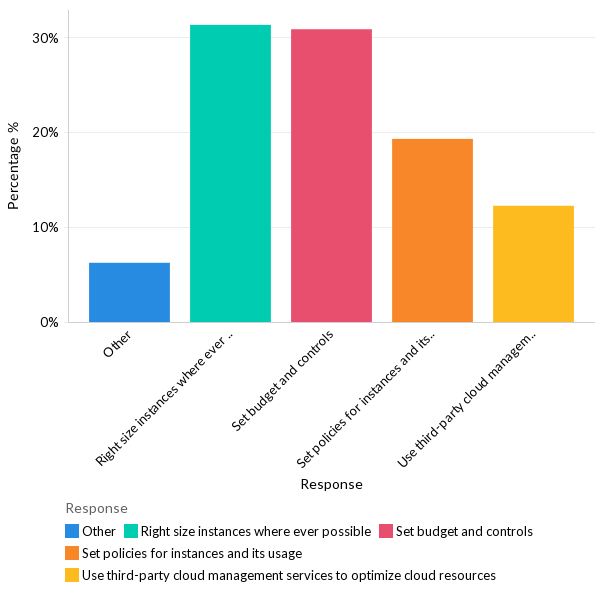A single cloud deployment strategy leads the way #
Cloud vs. hybrid vs. on-premises. The results suggest that cloud computing—single or multiple vendors—continues to grow, but organizations are also continuing to invest in on-premises infrastructure. This is a trend we believe will continue in the future as well. Considering that organizations want to deliver an agile, resilient infrastructure, a hybrid cloud strategy could gain even more prominence in the coming years.
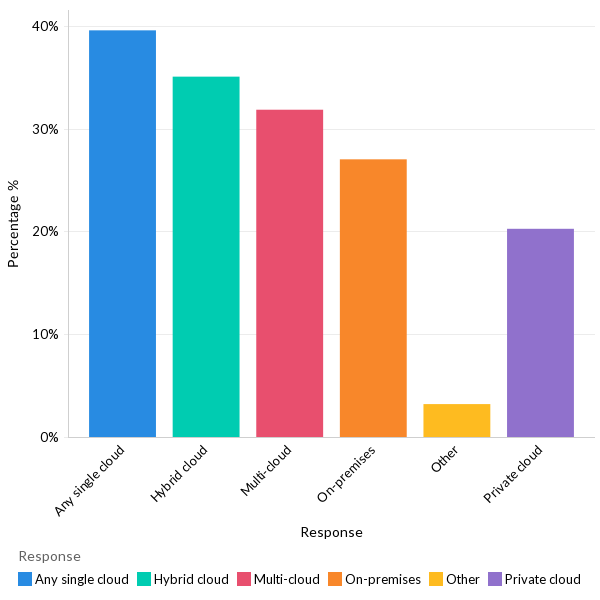

Microsoft Azure and AWS the most used public cloud providers #
Amazon Web Services (AWS) may be the market leader, but the majority of our respondents picked Microsoft Azure as the public cloud vendor they are currently using. The data could indicate the substantial gains other vendors like Microsoft and GCP are making in the IaaS and PaaS cloud computing market.
Scalability and ease of management remains top cloud migration priorities #
It is common knowledge that for a successful cloud migration, a well-defined strategy is required. But what benefits are organizations looking to realize when they shift their workloads to public cloud platforms. When we asked our respondents, most answered scalability—responding to changes in demand—business continuity—no outages, and ease of management as their top three benefits.
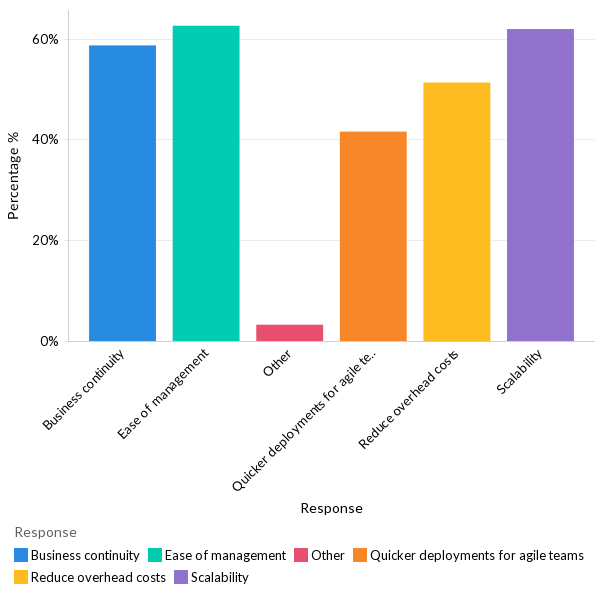
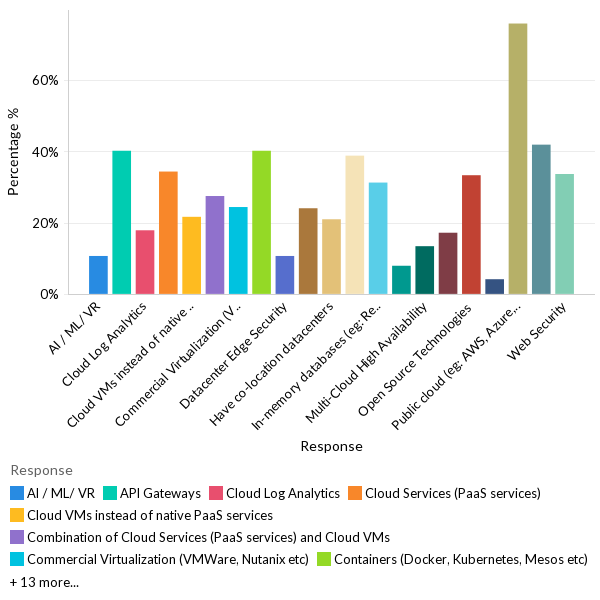
Choosing what goes into your tech stack remains key #
Gone are the days when all tech stacks resembled the same (LAMP/WAMP). We received a gamut of choices— operating system types, programming languages, front-end frameworks, data storage, API services, servers, public cloud platforms, and more—from our respondents. Indicating that product leaders are ready to combine multiple technologies to deliver robust services to customers.
The complexity of managing software licenses driving database-related PaaS service usage #
With the worldwide PaaS market anticipated to grow at a higher margin than the SaaS market, we asked our respondents about the type of PaaS services used in the public cloud. Database and storage-related services topped the results, with CDN and serverless services coming up next.
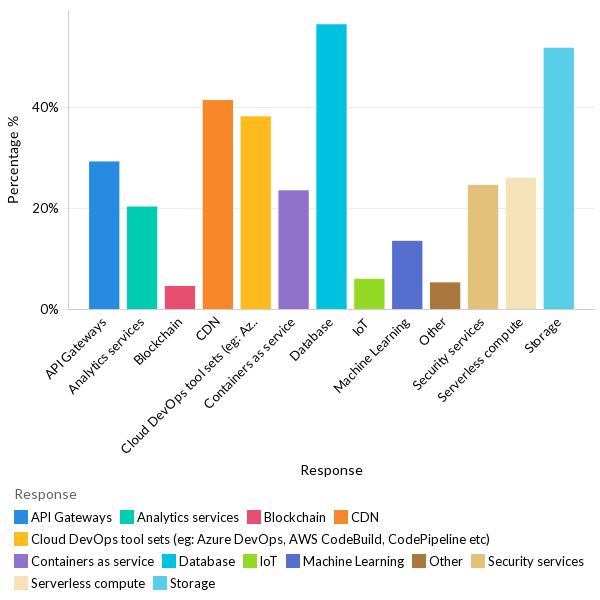
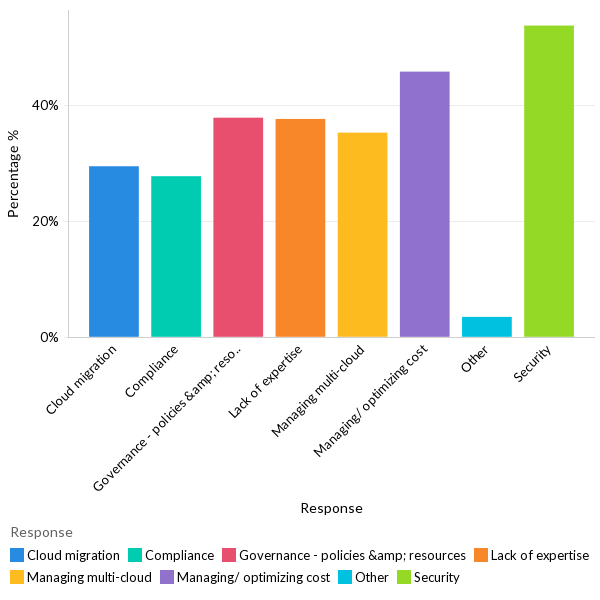
Security remains one of the important challenges in cloud computing #
As with any new technology, the public cloud also has its fair share of obstacles. Across regions, the results suggest that security is one of the primary challenges that IT leaders are looking at, along with cost optimization and governance. Also, a lack of a trained workforce has led to concerns regarding expertise.
Right sizing top the list of strategies to reduce cloud cost #
Controlling cloud costs could be a tricky business. We asked this question to our respondents to identify the tools and processes used. Across regions, right-sizing instances and setting budgets were the top responses. The results suggest a change in priority—from performance to cost— and also hints that organizations already have tools that analyze historical utilization metrics and come up with downsizing recommendations
